Car designer Pontus Fontaeus on looking to the future with GAC Entranze Concept
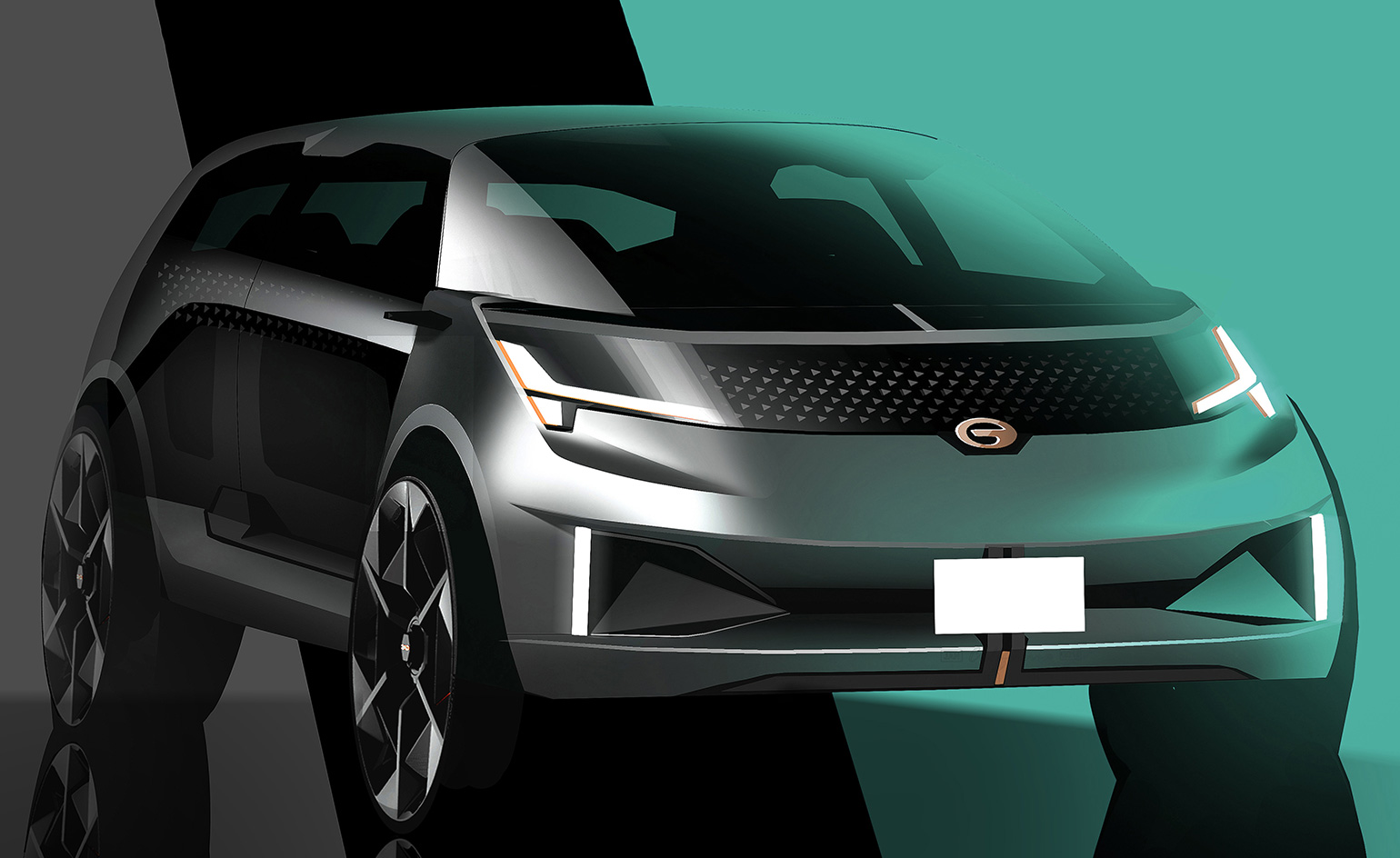
This month’s Detroit Auto Show hosted a clutch of new releases that signposted big change coming down the road. Cadillac debuted its first EV concept, Nissan showed an upmarket all-electric SUV concept, the IMs, that builds on the groundwork laid by its big-selling Leaf electric car, and Chinese brand GAC debuted its Entranze Concept.
This futuristic crossover-MPV was designed at the company’s Californian design studio by a team headed up by former Volvo and Volkswagen designer Pontus Fontaeus. With its flexible interior, four sets of sliding doors and high-sided, faceted design, the Entranze is suitably forward-looking. Inspiration came from aviation design and road trips, with the inside dictating the exterior form. We caught up with the Swedish designer to find out whether the Guangzhou Automobile Company held the keys to future mobility.
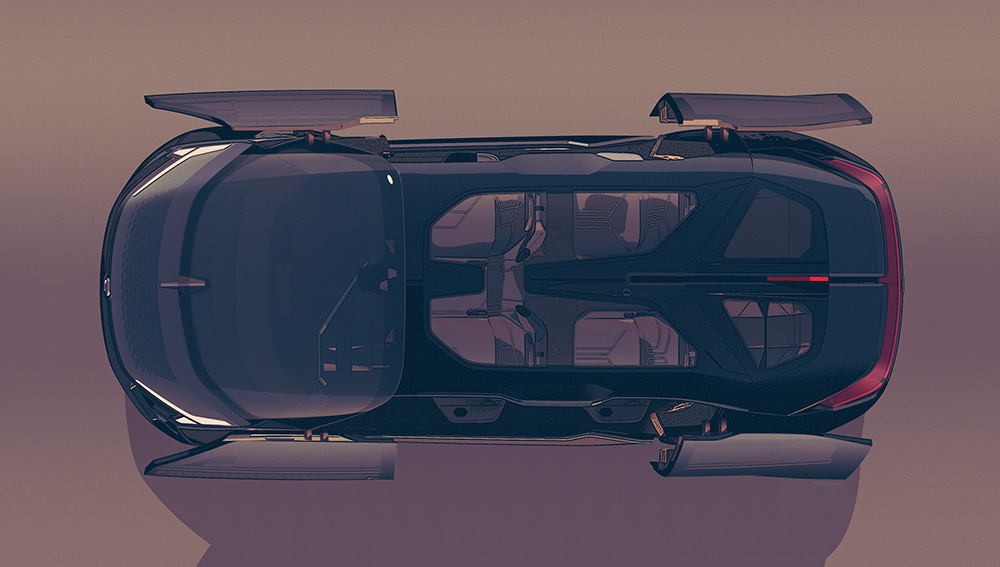
Wallpaper*: How does the new concept create a clear space in the market at a time when car design is being transformed by EVs?
Pontus Fontaenus: The GAC Entranze is unique in that the design approach really follows the most recent rendition of what our human needs reflect in an experience travelling from one point to the other. It’s a very human centric design approach that takes a great deal of inspiration from elements that exist outside the traditional automotive segment. The Entranze is very a much a case of form follows user. We really wanted to think differently, and not fall down the more traditional automotive rabbit holes.
W*: What are the key visual elements that will help build this brand?
Pontus Fontaenus: Right now, the Entranze is a concept that looks to redefine what the future of motoring could look like. Our design team really endeavoured to fully embrace the new freedoms that an EV platform allows in terms of layout. It’s also interesting in that the Entranze is the first product from our new North American GAC Design Studio located in Orange County, California. One of our key inspirations was the celebrated tradition of the American road trip. We really set out to design a very special vehicle that offers passengers the ability to enjoy their driving experience with the ones closest to them. There is such a delicious freedom to that. It sounds simple, but the best things usually are. And, simple is often very hard to achieve.
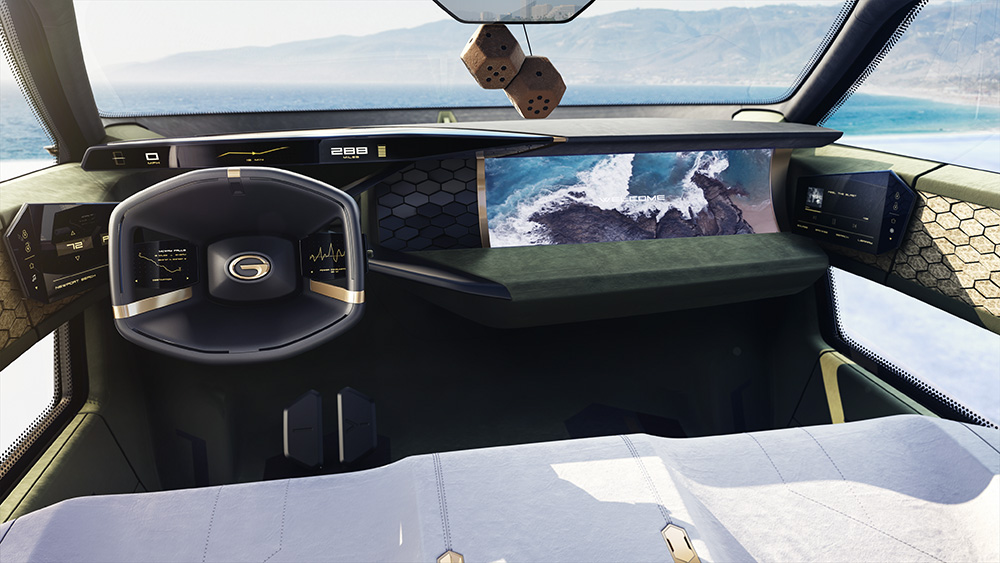
W*: How difficult is it to match the drama of a concept car with a production vehicle?
PF: For the Entranze, some of the key elements present a holistic take on clear inside/out forms and graphics. Our designers did include some halcyon hints of great American car design while drawing strategic inspiration from aerospace and consumer technology. Our inspirations always gravitated towards designs that push boundaries while looking to the future. I will admit with our new design studio being so close to Los Angeles, we weren’t immune to including some small designs cues pulled from our favourite sci-fi Hollywood films. It’s amazing how what we consumed as impossible entertainment decades ago has now become the reality. More realistically, everything that we do at GAC conceptually is within reach of going into production.
W*: Which car designers and brands do you really admire?
PF: I have had the great privilege to meet and work with so many exceptional professionals throughout my extensive career. My inspirations are too many to count. I will say that many designers not only draw inspiration from each other, but also pull inspiration from other great creators in other fields such as chefs, musicians, authors, and filmmakers… On the automotive side, I have had the privilege to work with many great companies such as Ferrari, Land Rover, Volkswagen, Volvo, and now GAC, and I have admired my colleagues almost universally. Together, we are spearheading the future of transportation design. That’s exciting.
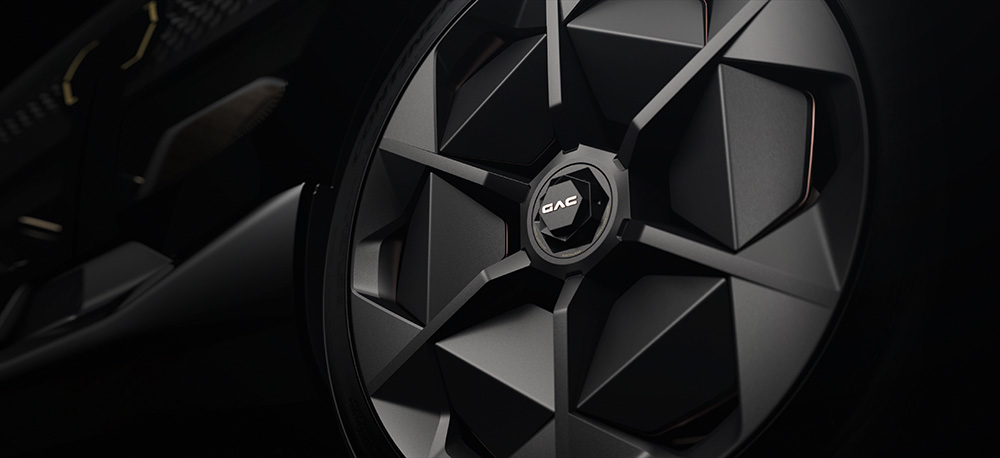
W*: How are designers dealing with the changing perception of technologies like autonomous cars?
PF: Autonomous vehicles are a great example of marketplace change. We are on the eve of the auto design game changing. Autonomous will present amazing opportunities from a design purveyor. If a car is fully automated and computerised, it should in theory be almost free of being accident prone. That will change layout significantly. Autonomous vehicles offer the opportunity to dramatically change established designs, and integrate new elements of space, entertainment, and comfort. The Entranze is inspired by these concepts. However, personally I feel the day of being completely autonomous is still yet to come. It is an exciting time to be a designer, and witness how technology is changing our conceptions of what an automobile should be. At GAC, we embraced that for the Entranze.
W*: What is your personal favourite element of this design?
PF: I am extremely pleased that the Entranze is not a product of one or two designers, but rather a completely collaborative effort. The concept has a very harmonious feel to it. Apart from the interesting proportions of the design, there is a seamless flow between the interior and exterior. I particularly enjoy the beautiful wing-shaped front fender that delves into the front windshield and then gracefully materialises again as struts holding up the upper instrument wing. Another design point that we adore are the rocker panels that fold down and double again as a seating area when the car is parked. Designing the Entranze was a real joy. There are subtle layers which are learned the more time one looks at the vehicle. The whole design process was refreshing and liberating, which is what designing a car should be.
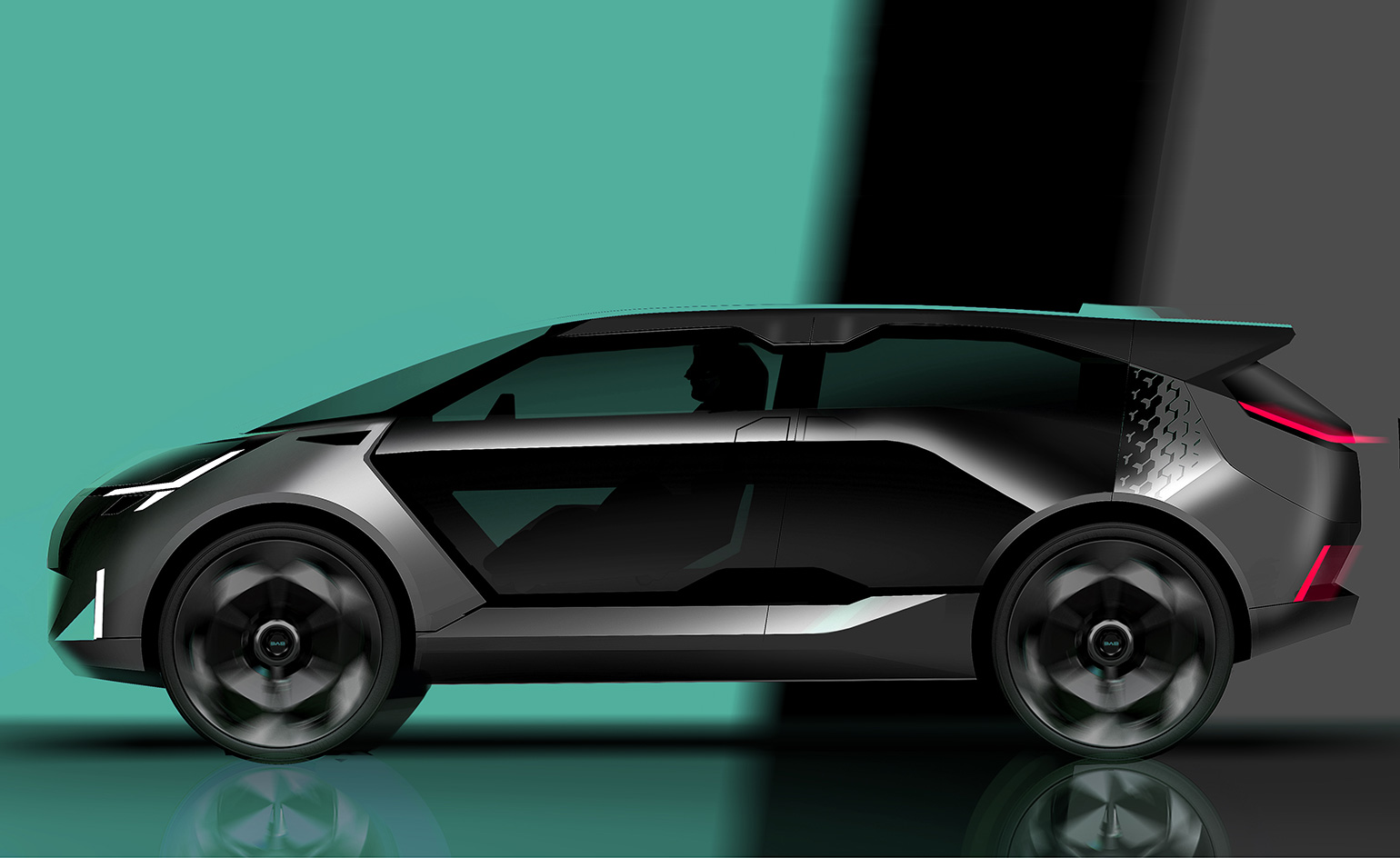
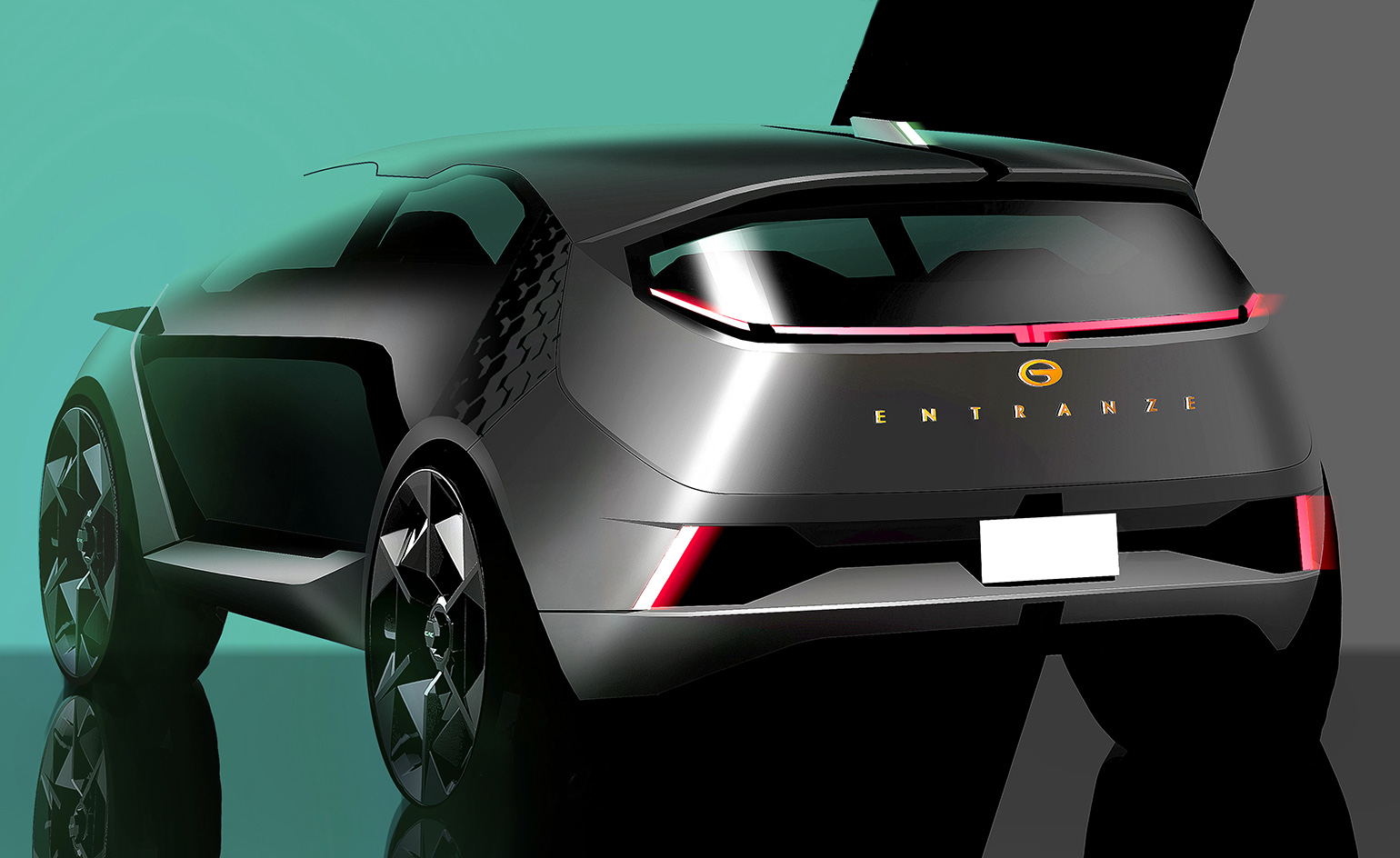
INFORMATION
For more information, visit the GAC Motor website
Wallpaper* Newsletter
Receive our daily digest of inspiration, escapism and design stories from around the world direct to your inbox.
Jonathan Bell has written for Wallpaper* magazine since 1999, covering everything from architecture and transport design to books, tech and graphic design. He is now the magazine’s Transport and Technology Editor. Jonathan has written and edited 15 books, including Concept Car Design, 21st Century House, and The New Modern House. He is also the host of Wallpaper’s first podcast.
-
 All-In is the Paris-based label making full-force fashion for main character dressing
All-In is the Paris-based label making full-force fashion for main character dressingPart of our monthly Uprising series, Wallpaper* meets Benjamin Barron and Bror August Vestbø of All-In, the LVMH Prize-nominated label which bases its collections on a riotous cast of characters – real and imagined
By Orla Brennan
-
 Maserati joins forces with Giorgetti for a turbo-charged relationship
Maserati joins forces with Giorgetti for a turbo-charged relationshipAnnouncing their marriage during Milan Design Week, the brands unveiled a collection, a car and a long term commitment
By Hugo Macdonald
-
 Through an innovative new training program, Poltrona Frau aims to safeguard Italian craft
Through an innovative new training program, Poltrona Frau aims to safeguard Italian craftThe heritage furniture manufacturer is training a new generation of leather artisans
By Cristina Kiran Piotti
-
 Peugeot’s sparky 308 gets hybrid power and handsome lines
Peugeot’s sparky 308 gets hybrid power and handsome linesThe Peugeot 308 proves that mass-market design needn’t be dull, blending hybrid power with sharp lines and excellent detailing
By Jonathan Bell
-
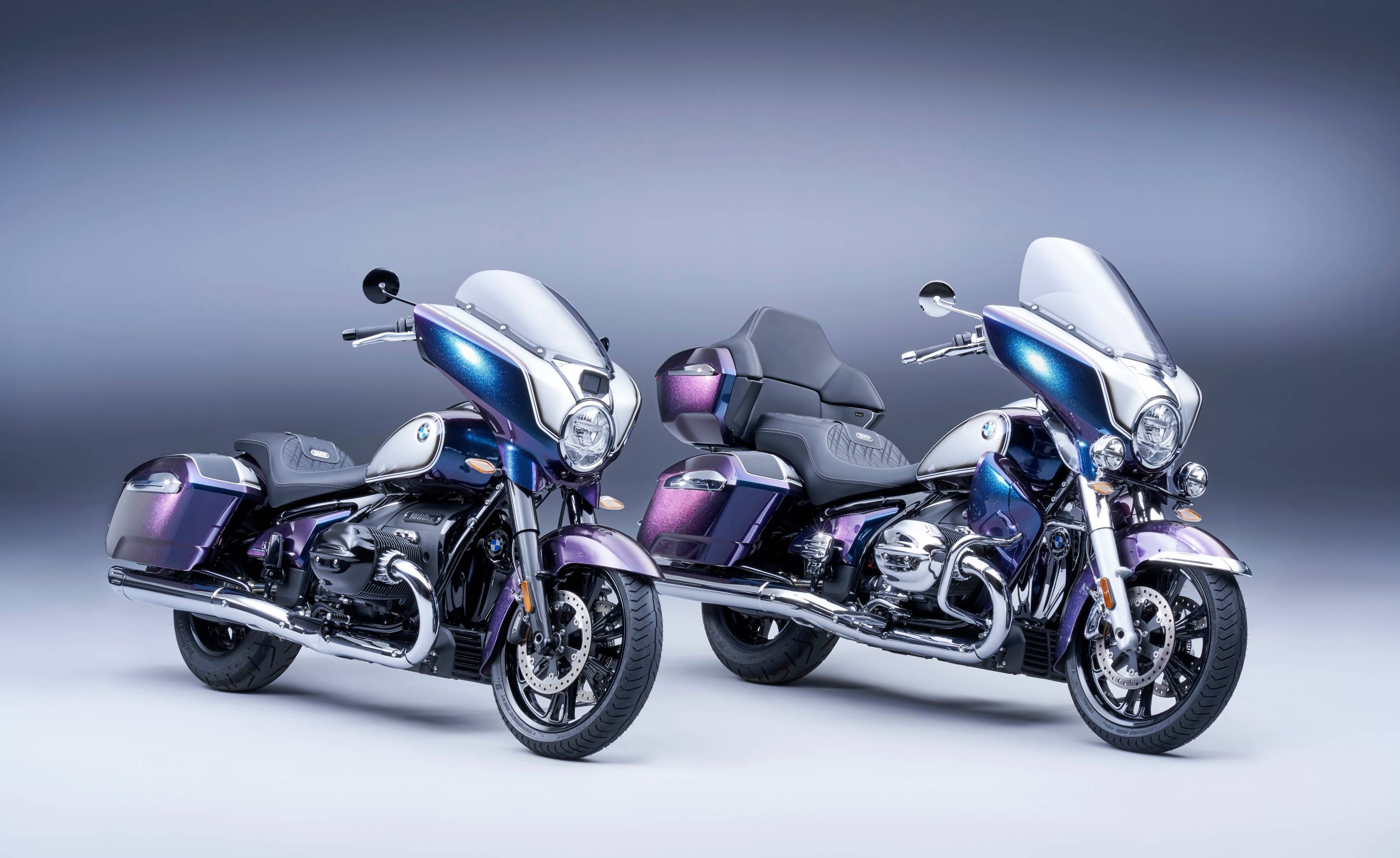 BMW Motorrad brings out the big guns for its newest cruisers
BMW Motorrad brings out the big guns for its newest cruisersBMW Motorrad R 18 Bagger and Transcontinental set the tone for high-voltage cruising with a brand collaboration with speaker specialist Marshall
By George Chapman
-
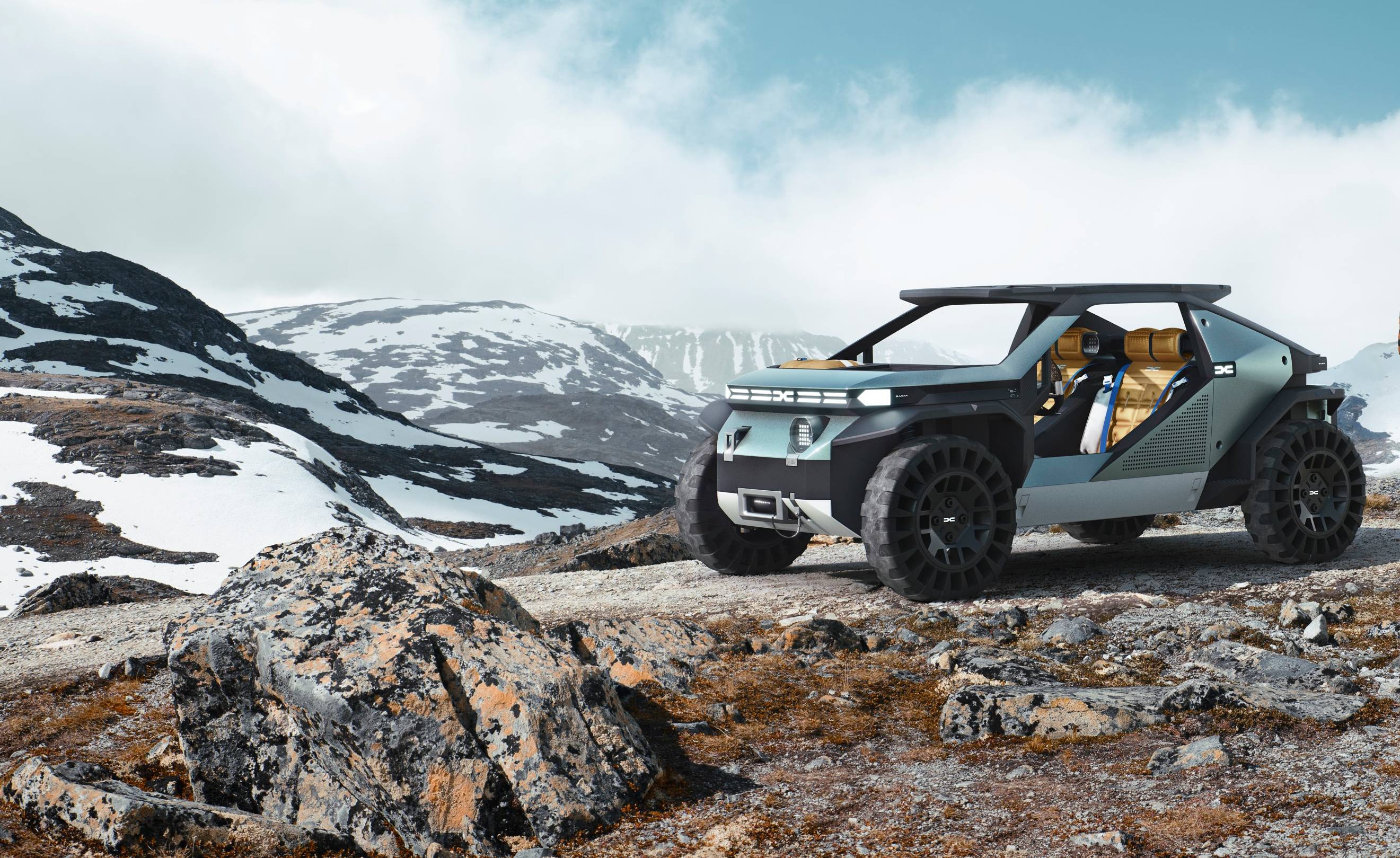 Dacia’s new Manifesto concept is a true outdoor utility vehicle
Dacia’s new Manifesto concept is a true outdoor utility vehicleUtilitarian auto brand Dacia sets a bold new agenda with its Manifesto, a concept car pitched at the active outdoor market
By Jonathan Bell
-
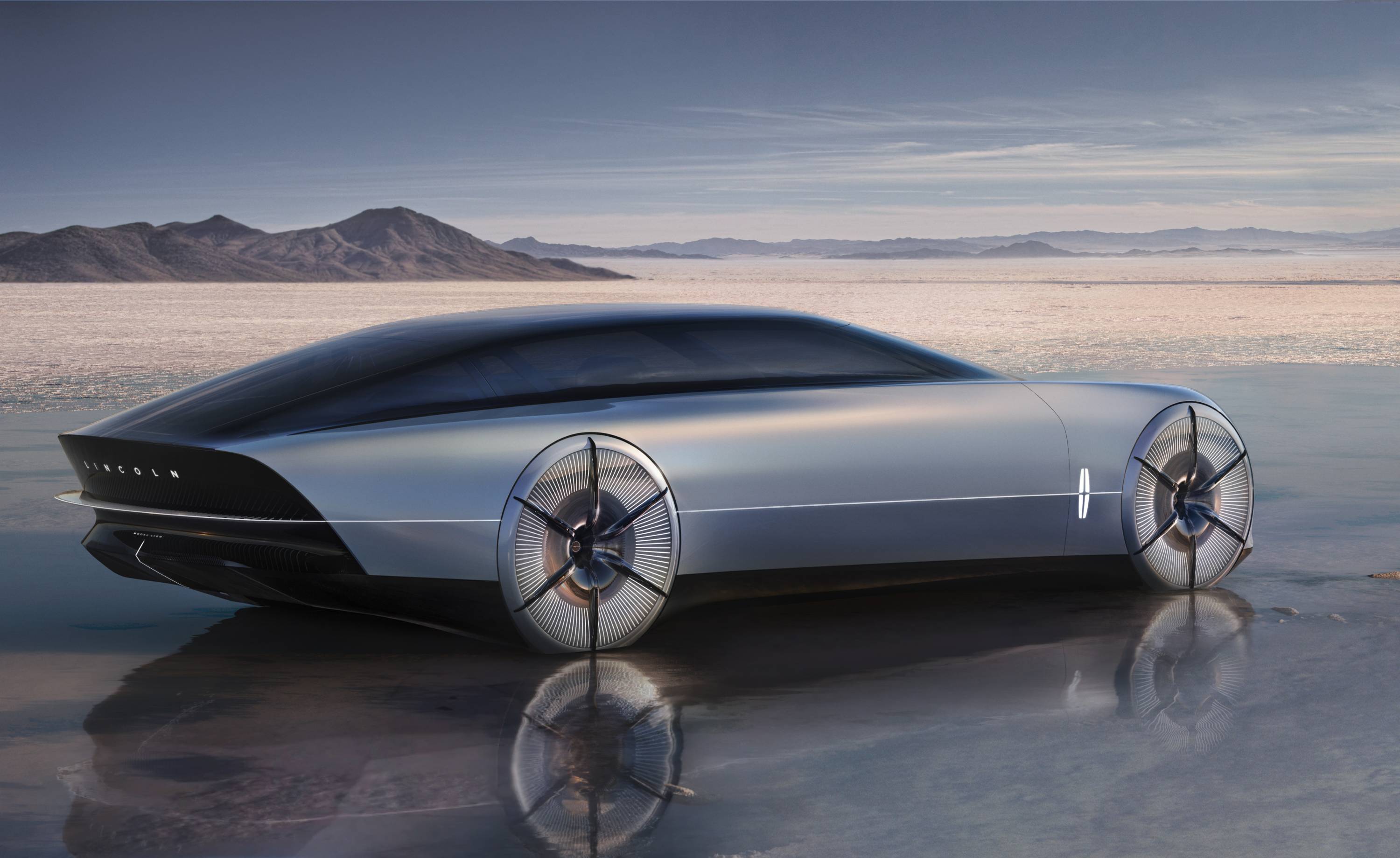 The sun sets on traditional supercars at California’s Monterey Car Week
The sun sets on traditional supercars at California’s Monterey Car WeekMonterey Car Week, the world’s most prestigious car gathering, is showcasing ever-more extravagant special editions, coachbuilt cars and all-new electric concepts. Here are seven key machines from 2022
By Rory FH Smith
-
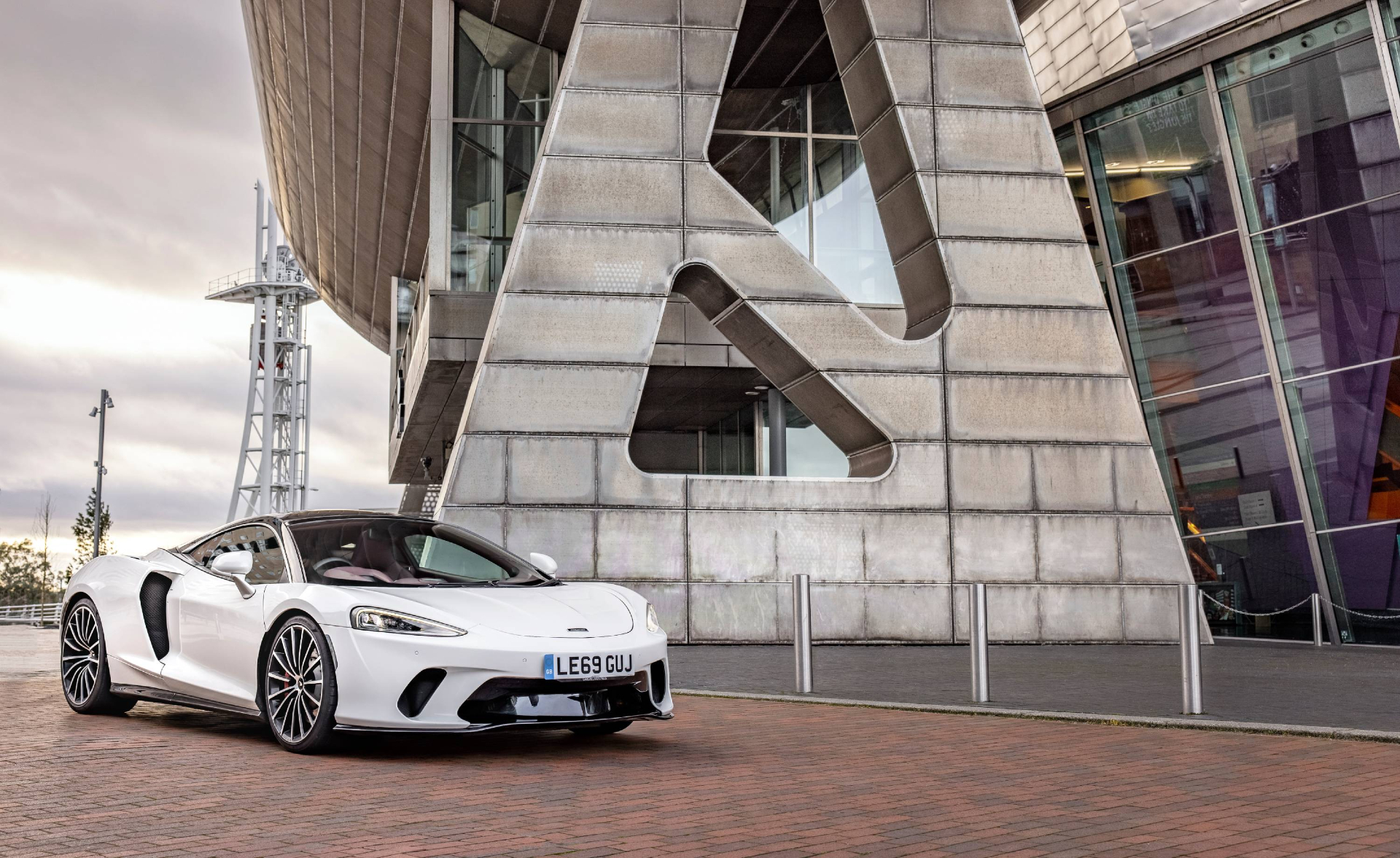 Is McLaren’s GT a sports car, a tourer, or the best of both?
Is McLaren’s GT a sports car, a tourer, or the best of both?The McLaren GT is a capable all-rounder dressed up in svelte supercar clothes. It might also be the last of its type
By Jonathan Bell
-
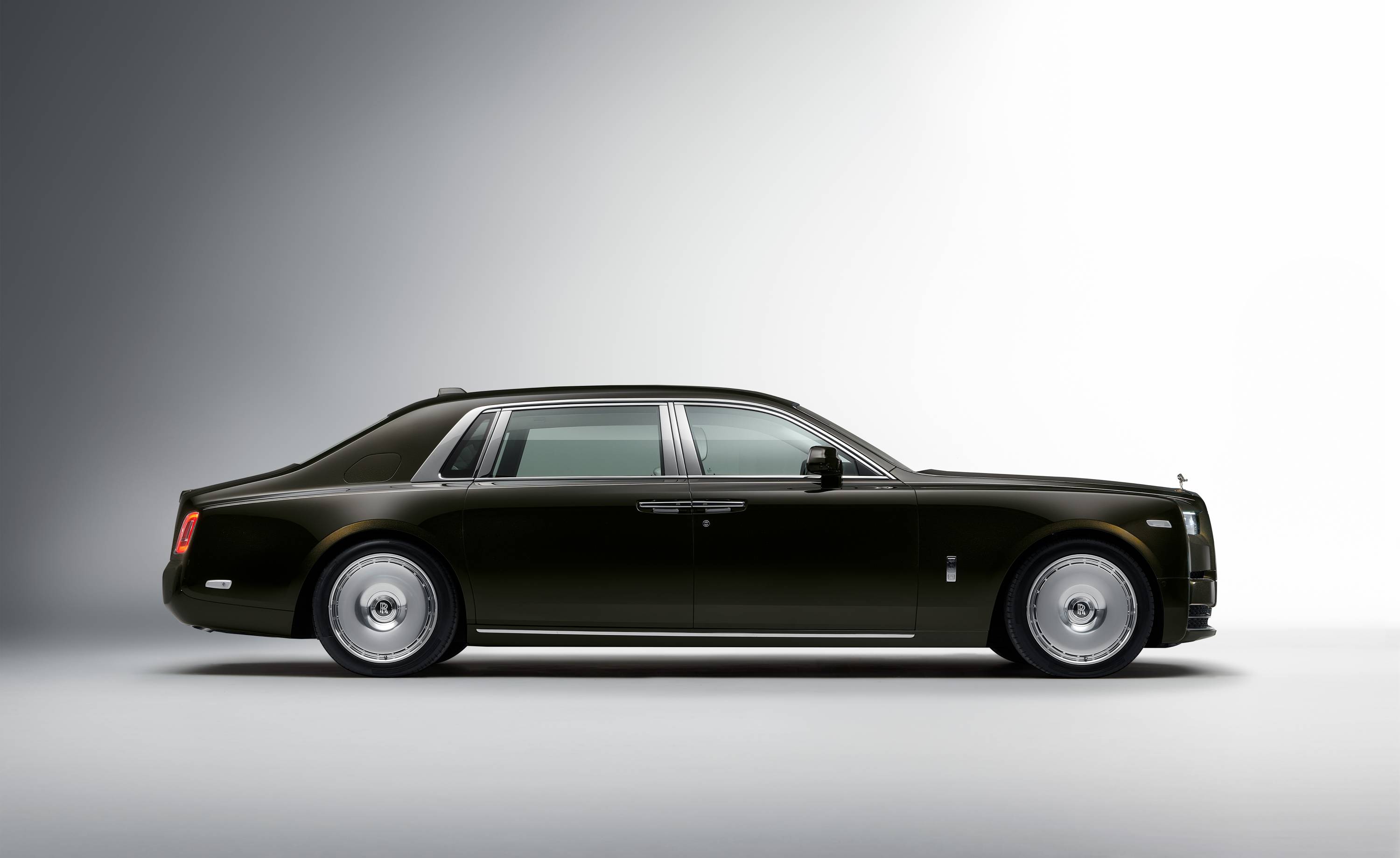 Rolls-Royce puts the Phantom back on its lofty pedestal
Rolls-Royce puts the Phantom back on its lofty pedestalA mid-life refresh ensures the flagship Rolls-Royce Phantom Series II is at the top of its game, a last hurrah for traditional engines before an electrified future
By Jonathan Bell
-
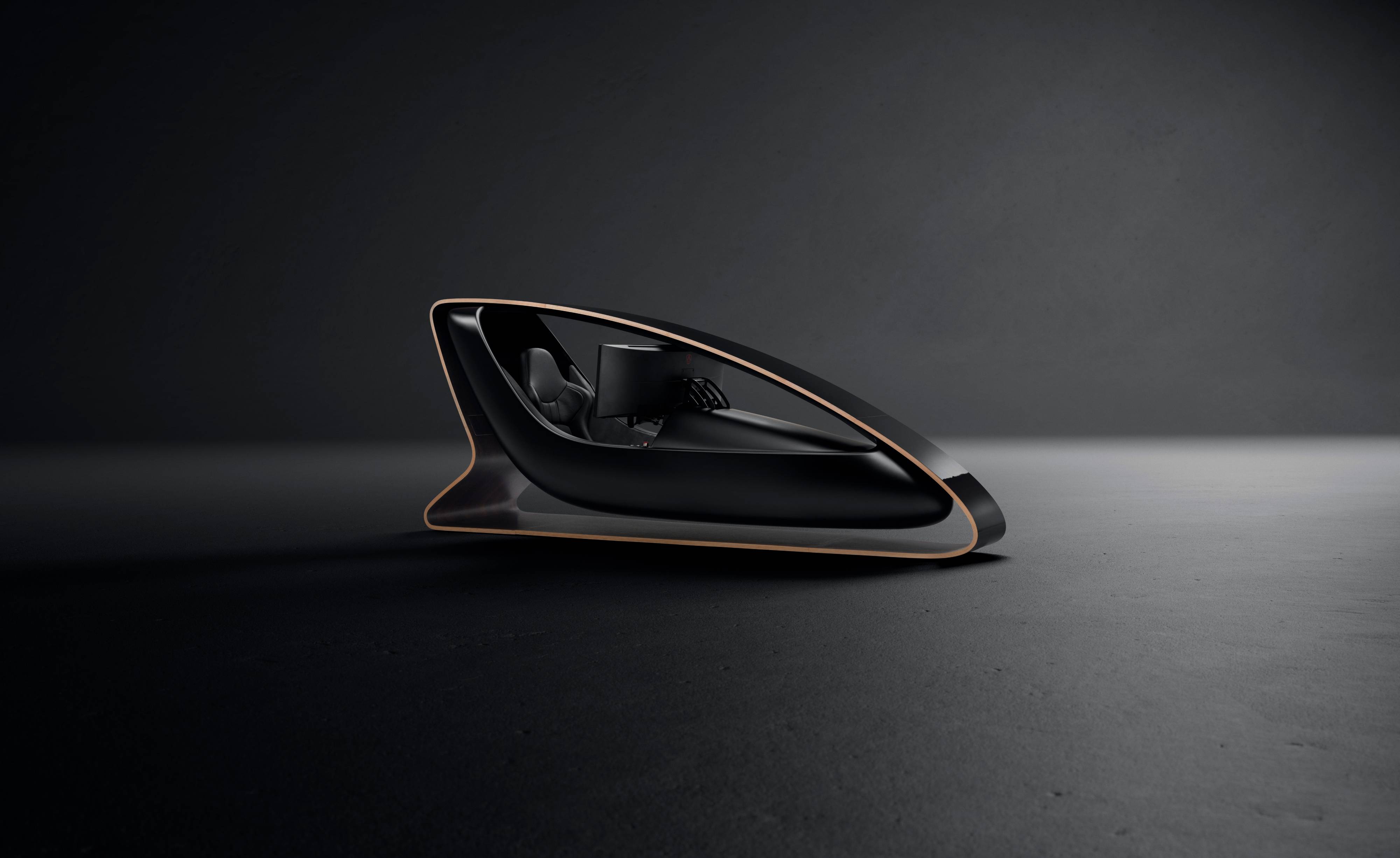 Prodrive’s new racing simulator is shaped by Callum to be front of the grid
Prodrive’s new racing simulator is shaped by Callum to be front of the gridThe racing simulator shapes up – this new design from Prodrive and Callum is honed for the high-end games room
By Jonathan Bell
-
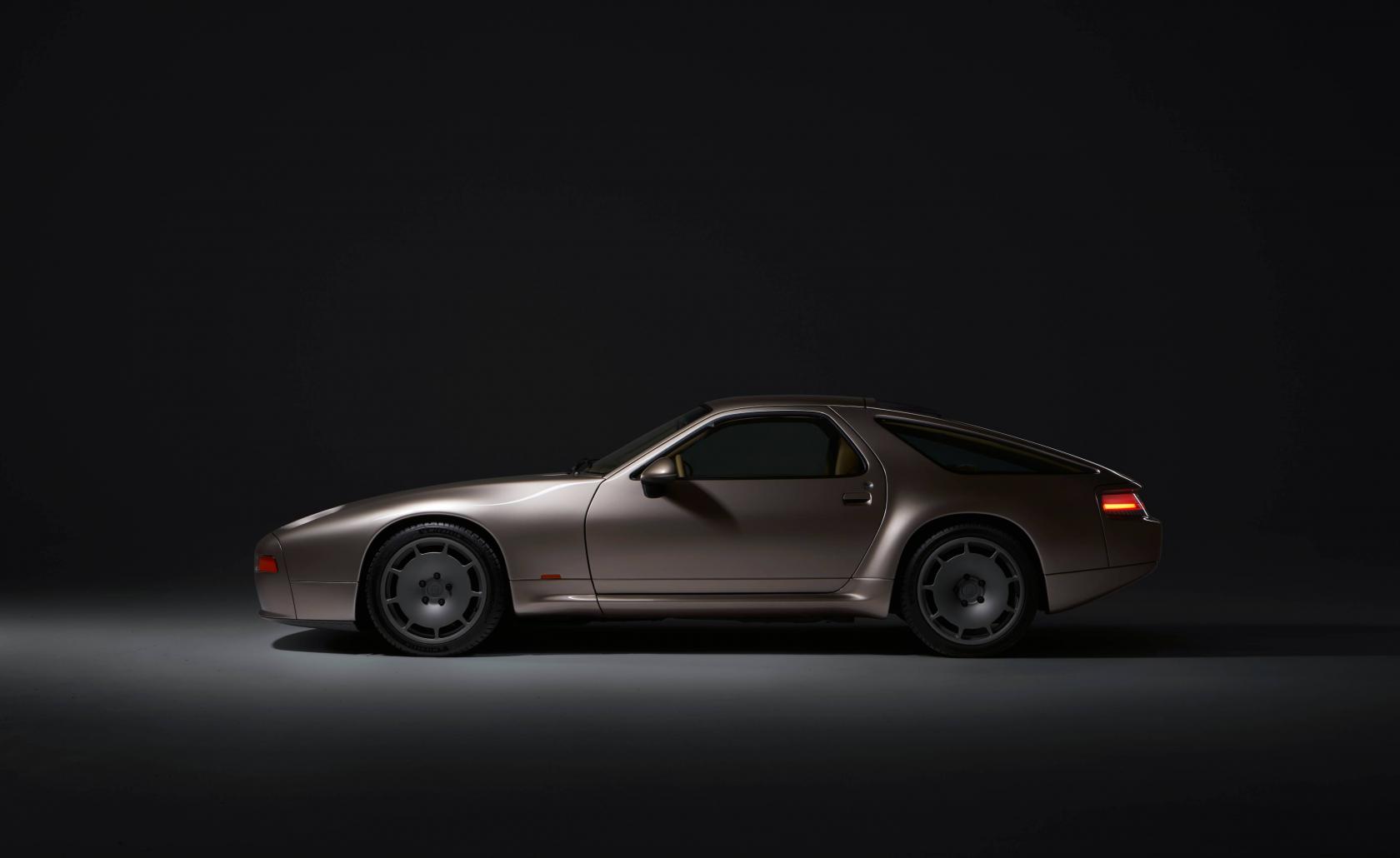 928 by Nardone Automotive: a restomod Porsche with Gallic verve and Italian style
928 by Nardone Automotive: a restomod Porsche with Gallic verve and Italian style928 by Nardone Automotive is a gracefully modernised version of Porsche’s endearingly different 928
By Jonathan Bell